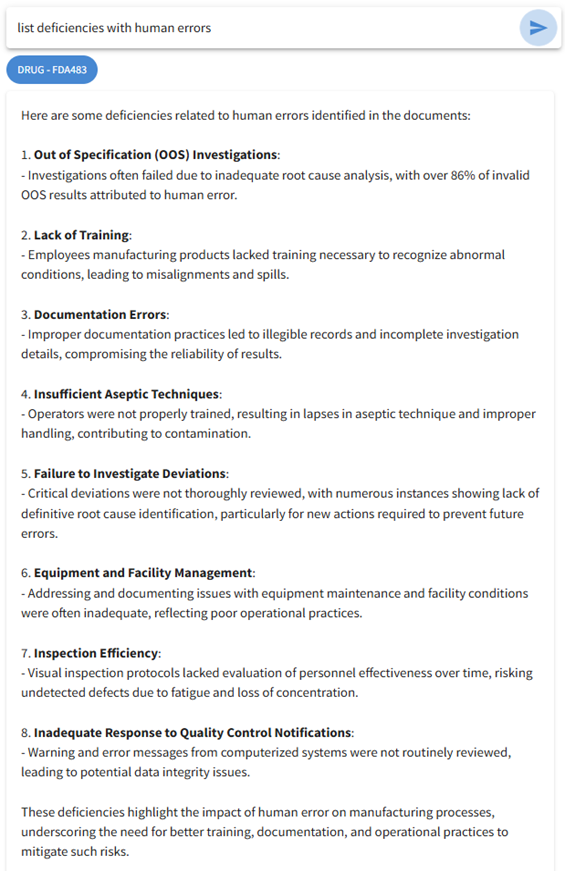USFDA Regulations of Cosmetics/Drugs and Inspection Approaches
- Binh Nguyen
- Sep 24
- 2 min read
So if you're a sunscreen OTC manufacturer, what regulations should you follow to prepare for FDA inspection? This depends on how your product is classified.
Background:
• On average people use 6 to 12 cosmetics products daily such as makeup, nail polishes, shaving cream and other grooming products, perfumes, face and body cleansers, haircare products, moisturizers, and other skincare products.
• In FY 2025 FDA Budget $7.2 billion with $8 million increase to support the implementation of the Modernization of Cosmetics Regulation Act of 2022 (MoCRA) | FDA which amended the FD&C Act to include “cosmetic product” which is defined as “a preparation of cosmetic ingredients with a qualitatively and quantitatively set composition for use in a finished product” [FD&C Act, sec. 361].
Definitions and Regulatory Requirements:
• The FD&C Act which defines cosmetics as "articles intended to be rubbed, poured, sprinkled, or sprayed on, introduced into, or otherwise applied to the human body...for cleansing, beautifying, promoting attractiveness, or altering the appearance" [FD&C Act, sec. 201(i)] whereas it defines drugs, in part, by their intended use, as "articles intended for use in the diagnosis, cure, mitigation, treatment, or prevention of disease" and "articles (other than food) intended to affect the structure or any function of the body of man or other animals" [FD&C Act, sec. 201(g)(1)].
• As a result of such definitions, some products meet the definitions of both cosmetics and drugs and must meet both requirements. This may happen when a product has more than one intended use such as deodorants that are also antiperspirants, and moisturizers and makeup marketed with sun-protection claims are cosmetic/drug products.
• Under the FD&C Act, cosmetic products and ingredients, with the exception of color additives, do not require FDA approval before they go on the market. Drugs, however, must generally either receive premarket approval by FDA through the New Drug Application (NDA) process or conform to a "monograph" for a particular drug category, as established by FDA's Over-the-Counter (OTC) Drug Review. These monographs specify conditions whereby OTC drug ingredients are generally recognized as safe and effective (GRASE), and not misbranded.
• The FD&C Act prohibits the introduction or delivery for introduction into interstate commerce of cosmetics that are adulterated or misbranded (Sec. 301).
• Manufacturers and processors of cosmetics must register their facilities with FDA and renew their registration every two years and must list each marketed cosmetic product with FDA, including product ingredients, and provide any updates annually.
So what regulations to follow if you're a sunscreen OTC manufacturer:
• Follow both if your product meets both cosmetic and drug definitions.
• Remember, FDA uses adulteration and misbranding charges for products not meeting CGMP requirements and labeling requirements
• Currently, the FDA has not updated its 2013 Draft Guidance for Industry: Cosmetic Good Manufacturing Practices | FDA. I believe that the FDA will update this guidance eventually and will likely model its regulatory pathway towards mimicking the drug regulation (see CPM Drug Manufacturing Inspections Compliance Program)...Below table shows the similarities between cosmetic and drug inspection guidance documents...(note: I group items listed under quality section of cosmetic but cosmetic does not clearly define quality system)




Comments